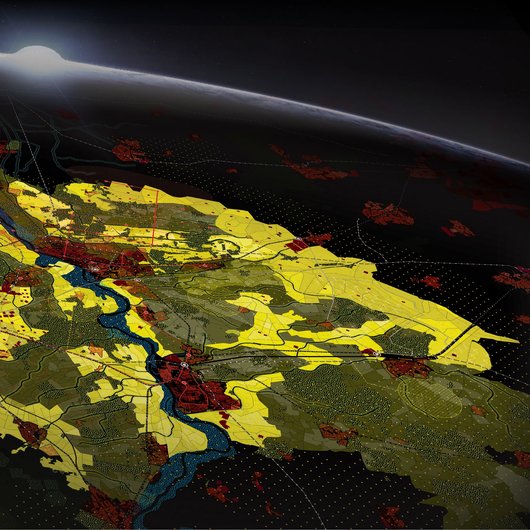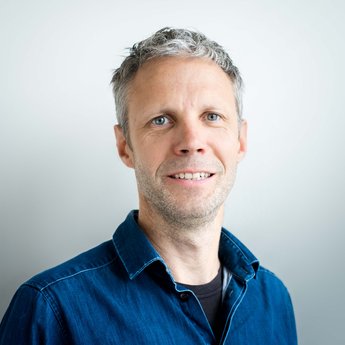Motive
The theme of the tenth Eo Wijers Competition focussed on the reconceptualisation and reuse of energy. The global transition to low-carbon energy sources will have an impact on economies and environments comparable in scale to the Industrial Revolution, and can provide a competitive edge for businesses and regions. In this vein, the Stedendriehoek region aims to embrace this challenge and become energy neutral by 2030. But what are the effects on the local urban landscape?
Energy neutral by 2030
For the Stedendriehoek (S3H) to achieve energy neutrality by 2030, it is necessary to think in the larger scale and to design a system whereby processes of energy conservation and generation complement each other.














